What is Jazz Music: A Brief History
What is Jazz Music? This question opens the door to a world of rhythmic complexity, emotional depth, and cultural fusion. Originating in the African-American communities of New Orleans, jazz is much more than a musical genre. It’s an artistic journey that began in the late 19th and early 20th centuries, rooted in a blend of African and European musical traditions. Jazz emerged from the vibrant cultural melting pot of New Orleans, a city where Creole, African, and European cultures intertwined.
The very essence of jazz is defined by its blend of blues and ragtime, marked by a distinct rhythmic vigor and an inherent inclination towards improvisation. This musical form has continuously evolved, absorbing various influences and morphing into numerous styles while maintaining its core improvisational spirit. Historian Ted Gioia describes jazz as a genre that defies straightforward historical categorization, highlighting its dynamic and adaptable nature.
From its birthplace in New Orleans, jazz spread rapidly across the United States and the world. It became the emblematic sound of the Roaring Twenties and has since continued to evolve, influencing countless music genres. Jazz stands as a testament to cultural convergence and creative expression, constantly innovating and inspiring new musical explorations.
This rich history and evolution of jazz can be experienced through the best jazz albums of all time, a collection that showcases the genre’s depth and diversity. Moreover, for those looking to delve deeper into iconic tracks, our article on the 20 best jazz songs offers a curated selection from various types of jazz music, capturing the essence of jazz’s timeless appeal.
What is the Birthplace of Jazz
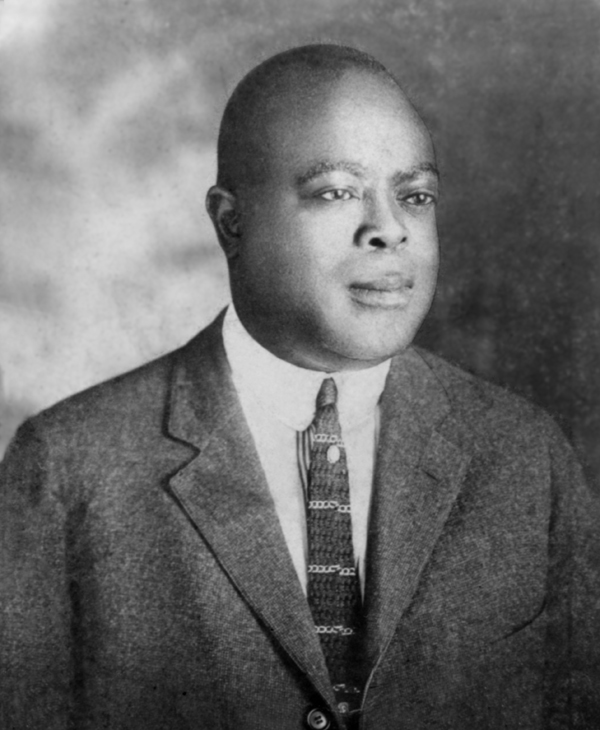
New Orleans, Louisiana, is celebrated as the birthplace of jazz. This unique city, a blend of African, Creole, and European cultures, gave rise to jazz in the late 19th and early 20th centuries. Jazz grew from the roots of blues and ragtime, characterized by swing, blue notes, complex chords, polyrhythms, and improvisation.
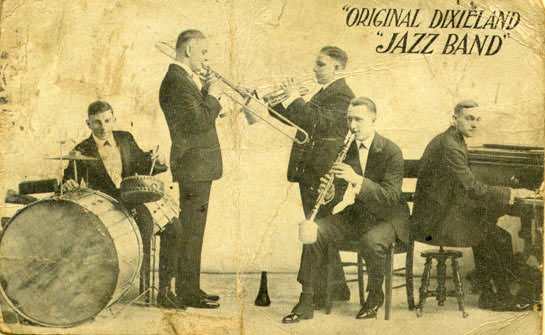
Notable early musicians from this era include the legendary cornetist Joe Oliver, known for his work with bands like the Onward Brass Band and his influence on younger musicians like Louis Armstrong. The Original Dixieland Jazz Band, another key figure, played a significant role in popularizing jazz with their recordings, such as the famous “Livery Stable Blues”.
What is Swing Jazz
The 1930s saw the emergence of swing jazz, a style marked by arranged, dance-oriented music played by big bands. Swing jazz evolved from the improvisational style of New Orleans jazz, transitioning to more arranged and composed forms while retaining improvisational elements. This era saw figures like Benny Goodman and Count Basie, who brought jazz into the cultural mainstream, making it a popular music form across America.
What is Bebop Jazz
The 1940s introduced bebop jazz, a complex style characterized by faster tempos and chord-based improvisation. This marked a shift from the danceable swing jazz to a style that emphasized musical intricacies. Bebop was a reaction to the commercialization of swing, focusing on artistic freedom and complex musical expressions. Key figures in bebop include Charlie Parker and Dizzy Gillespie, who revolutionized jazz with their intricate improvisations and fast-paced rhythms, moving jazz from dance halls to concert stages.
The journey of jazz from its roots in New Orleans through swing and bebop shows its dynamic and ever-evolving nature. Each stage in its history not only adds to its complexity but also enriches its global appeal, making jazz a timeless and continually evolving art form.
What is Jazz Fusion
Jazz Fusion, a term often used interchangeably with acid jazz, traditionally refers to a blend of jazz with other styles, particularly rock, funk, R&B, and Latin music. This genre emerged in the late 1960s and early 1970s, driven by artists who desired to blend the improvisational aspects of jazz with the electric sounds of rock. Notable jazz fusion artists include Miles Davis, known for his groundbreaking album “Bitches Brew,” and bands like Weather Report and The Mahavishnu Orchestra.
Jazz fusion is characterized by its complex time signatures, extended improvisations, and the use of electric instruments, synthesizers, and intricate rhythmic patterns. It represents an exploration beyond the boundaries of traditional jazz, embracing technological advancements and diverse musical influences to create a dynamic and evolving sound.
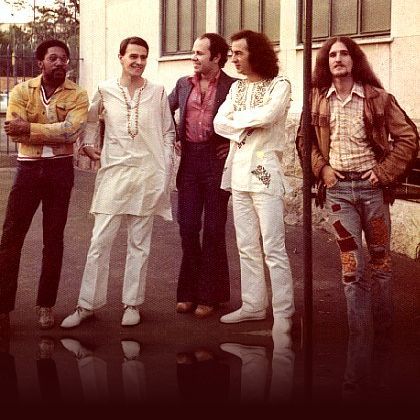
Both acid jazz and jazz fusion exemplify the adaptive and innovative spirit of jazz as a genre, continually evolving by incorporating contemporary musical elements and reflecting the cultural and technological changes of their times. These styles demonstrate the genre’s enduring ability to reinvent itself while staying true to its improvisational roots.
What is a Jazz Standard
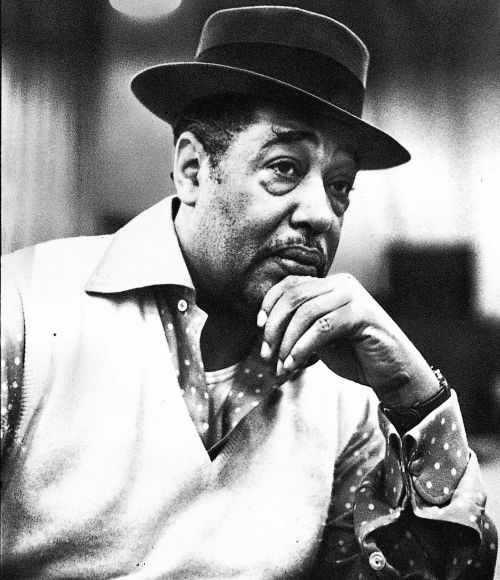
A jazz standard is a composition that is widely known, performed, and recorded in the jazz world, serving as the common repertoire for jazz musicians. The roots of these standards lie in the musical traditions of early twentieth-century New Orleans, including brass band music, the blues, ragtime, and spirituals.
Early jazz standards were influenced by various genres. For example, “Twelfth Street Rag” and “Tiger Rag” originated from ragtime, while blues tunes like “St. Louis Blues” and “St. James Infirmary” became popular numbers for jazz artists. Tin Pan Alley songwriters contributed significantly to the jazz standard repertoire with songs like “Indiana” and “After You’ve Gone”. Some songs were introduced by vaudeville performers, such as “Some of These Days” and “Darktown Strutters’ Ball”.
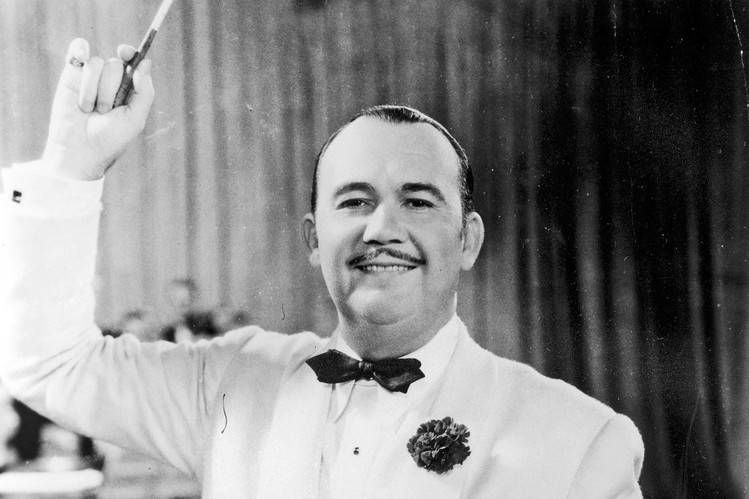
During the 1920s, known as the “Jazz Age,” jazz became a popular music genre in the United States. Notable orchestras in New York were led by Fletcher Henderson, Paul Whiteman, and Duke Ellington. Important jazz musicians like Louis Armstrong helped popularize many early standards during the 1920s and 1930s. Some compositions written by jazz artists themselves have endured as standards, including Fats Waller’s “Honeysuckle Rose” and “Ain’t Misbehavin'”.
The most recorded 1920s standard is Hoagy Carmichael and Mitchell Parish’s “Stardust”. Broadway theatre contributed several popular standards of the 1930s, such as George and Ira Gershwin’s “Summertime” and Richard Rodgers and Lorenz Hart’s “My Funny Valentine”.
In the 1940s, with the emergence of bebop, musicians like Charlie Parker, Dizzy Gillespie, and Thelonious Monk started using 1930s standards as part of their repertoire. This era produced standards like Gillespie’s “Salt Peanuts” and “A Night in Tunisia”, and Monk’s “‘Round Midnight”.
From the 1950s onwards, jazz continued to evolve with modal jazz recordings like Miles Davis’s “Kind of Blue” becoming popular. This era saw the birth of new jazz standards such as “My Favorite Things” by John Coltrane and Herbie Hancock’s “Watermelon Man” and “Cantaloupe Island”.
In Brazil, a new style of music called bossa nova evolved in the late 1950s, contributing standards such as “The Girl from Ipanema” and “Desafinado”. This genre blended Brazilian samba with jazz and was popularized internationally by artists like João Gilberto and Stan Getz.
Jazz standards are an essential part of the genre’s history, providing a common language for musicians and showcasing the genre’s ability to absorb and reinterpret a wide range of musical styles. These standards continue to be a fundamental part of jazz repertoire, performed and recorded by countless artists over the decades.
What is Jazz Dancing
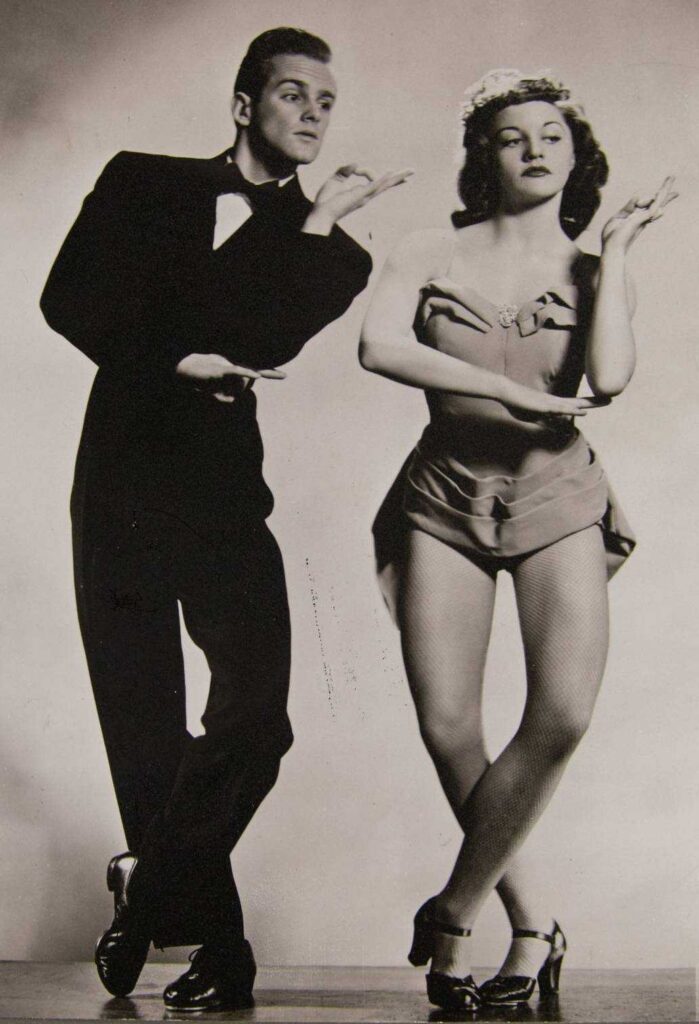
Jazz dancing, a vibrant and expressive form of dance, is deeply influenced by the rhythms and sounds of jazz music. Emerging alongside jazz music in the early 20th century, jazz dancing initially reflected the lively, improvisational nature of jazz music, incorporating free, fluid movements. It’s a style characterized by its originality, energy, and the use of improvisation, much like jazz music itself.
As jazz music evolved, so did jazz dancing, branching into various styles. One of the most notable styles is swing dancing, which emerged in the 1920s and 1930s. Swing dancing, especially the Lindy Hop, became synonymous with the swing era of jazz. The dance is energetic and athletic, often featuring aerial jumps, twists, and fast-paced footwork, matching the lively tempo of swing jazz music.
Another significant development in jazz dancing was the introduction of choreographed routines in Broadway shows and Hollywood films in the 1940s and 1950s. This era saw jazz dancing becoming more mainstream, with choreographers like Bob Fosse and Jerome Robbins bringing jazz to new audiences through their work in musical theatre and film.
Today, jazz dancing continues to evolve, blending with other dance forms and maintaining its popularity in dance studios and performances worldwide. Its adaptability and continual evolution reflect the ever-changing nature of jazz music.
What is Jazz Ballet
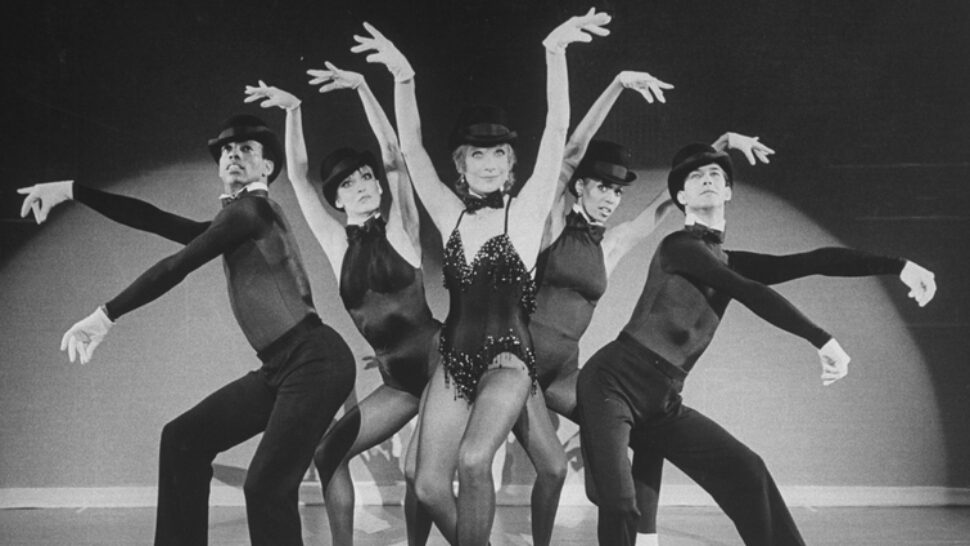
Jazz ballet is a fusion of classical ballet technique and the stylistic expressions of jazz dance. It emerged in the mid-20th century, influenced by the growing popularity of jazz music and its incorporation into theatrical productions. Unlike traditional ballet, which is known for its strict technique and structured choreography, jazz ballet incorporates the free-form and improvisational aspects of jazz dancing, making it more dynamic and expressive.
This dance form often utilizes the music and thematic elements of jazz, incorporating syncopated rhythms, isolated body movements, and a high level of energy. Jazz ballet has been popularized by dance companies and choreographers who blend the technical precision of ballet with the more relaxed and fluid movements of jazz dance. This combination results in a dance style that is both disciplined and spontaneous, reflecting the musicality and spirit of jazz.
Jazz ballet has influenced contemporary dance and broadened the scope of ballet by introducing new movements and rhythms, showcasing the fluid exchange between different art forms under the jazz umbrella. Both jazz dancing and jazz ballet demonstrate the wide-reaching influence of jazz music beyond its traditional boundaries, impacting the world of dance and continuing to inspire new generations of dancers and choreographers.
What is Cool Jazz
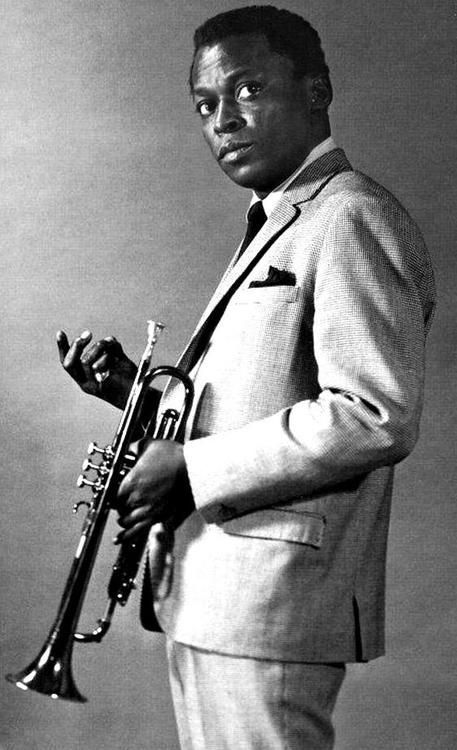
Cool Jazz emerged in the late 1940s in the United States, marking a distinct shift from the energetic and complex bebop style. This genre is characterized by its relaxed tempos, lighter tone, and a more subdued, understated approach. Notable for its soft and restrained sound, Cool Jazz often incorporates formal arrangements and classical music influences. This style of jazz is less about vigorous energy and more about lyrical, smooth melodies, often exploring low and mid-registers with less vibrato compared to other jazz forms.
The origins of Cool Jazz can be traced back to influential artists like Miles Davis, whose work in the late 1940s, including his solo on Charlie Parker’s “Chasin’ the Bird”, hinted at the emergence of this new jazz style. The development of Cool Jazz was further propelled by the Miles Davis Nonet, which included notable musicians like Gerry Mulligan and Lee Konitz. Their album “Birth of the Cool” (1957), although not immediately recognized, later became a hallmark in the Cool Jazz genre.
John Lewis, a member of the Miles Davis Nonet, went on to co-found the Modern Jazz Quartet. This group was unique for incorporating classical forms like the fugue into their music, using these forms to create subtle, swinging jazz rather than a direct fusion of jazz and classical music.
The Cool Jazz movement also saw the formation of innovative groups like Gerry Mulligan’s pianoless quartet and the George Shearing Quintet, which used a subtler bebop style. These groups, along with others like the Dave Brubeck Quartet, significantly influenced the development of Cool Jazz.
In contrast to the high-energy, fast-paced bebop and hard bop styles, Cool Jazz stands out for its more relaxed, soft, and tonally lower qualities. It tends to embrace sparseness, allowing each note to have more impact and space. Unlike bebop, which heavily relies on improvisation, Cool Jazz places more emphasis on formal composition and arrangement.
The legacy of Cool Jazz extends beyond its immediate era, influencing subsequent jazz styles like modal jazz and bossa nova. It also opened up the genre to incorporate new instruments such as flutes, oboes, and French horns, which were traditionally not part of jazz ensembles.
Cool Jazz represents a pivotal moment in jazz history, showcasing a shift from the high-energy styles of bebop to a more reflective, nuanced musical expression. It’s a testament to jazz’s evolving nature, continuously reinventing itself while maintaining its core essence of improvisation and expression.
What is Free Jazz
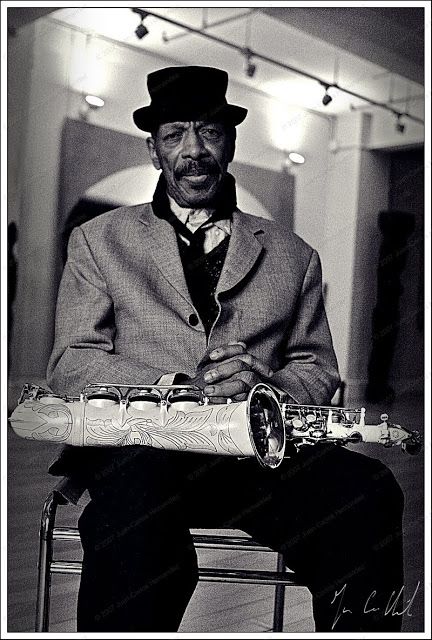
Free Jazz, a jazz sub-genre, emerged in the late 1950s and is renowned for its avant-garde approach and experimental improvisation. This style significantly deviates from traditional jazz conventions such as regular tempos, tones, and chord progressions. Free Jazz is characterized by its lack of fixed harmonic structure, allowing musicians to change keys at will and modulate their performances freely.
The ethos of Free Jazz is fundamentally about breaking away from convention. It is defined by its free-form expression and improvisation, with musicians often playing independently of each other, embracing solo improvisation while others do the same. This results in a departure from set tempos, specific chords, or coordinated band performance, leading to a more chaotic, yet deeply expressive form of jazz.
Atonality is a notable aspect of Free Jazz, where conventional melodic and harmonic structures are often abandoned. This results in a sound that can be unconventional, with the use of chromatic intervals, microtones, overtones, multiphonics, and tone clusters. The style also incorporates influences from global music traditions, adding unique instruments and sounds to its repertoire.
Ornette Coleman is widely recognized as the pioneer of Free Jazz, particularly with his album “Free Jazz,” which gave the genre its name. His work in the late 1950s, including albums like “The Shape of Jazz to Come,” marked a radical departure from traditional jazz, exploring atonal improvisation and free-form expression.
Other notable musicians in the Free Jazz movement include Cecil Taylor, whose work showcased an avant-garde approach with influences from Thelonious Monk, and John Coltrane, who embraced the Free Jazz style later in his career, particularly in his album “Ascension.” Albert Ayler, Pharoah Sanders, and Charles Mingus are among other significant contributors to the genre.
Free Jazz represents a pivotal and controversial period in jazz history. It is seen as a reaction against the conventional jazz styles of the time, like bebop, and reflects a desire for artistic freedom and expression. The genre was also influenced by the social and political contexts of the time, particularly the civil rights movement, adding deeper cultural significance to its emergence.
Free Jazz continues to influence contemporary jazz and other music genres, demonstrating jazz’s capacity for evolution and innovation.
What is Smooth Jazz
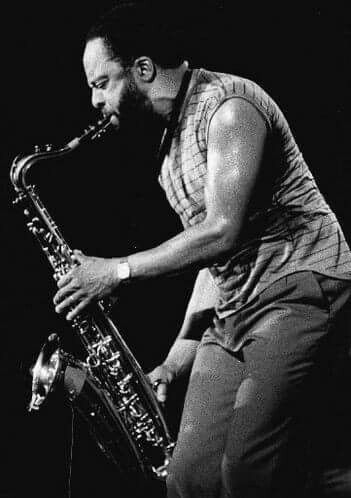
Smooth Jazz, emerging in the 1970s, represents a fusion of jazz with easy-listening music. This genre is often considered a commercially-oriented venture, appealing to a broader audience than more traditional jazz subgenres. Smooth Jazz is characterized by its downtempo nature, atmospheric and ambient qualities, making it a popular choice for background music.
The genre’s defining features include the use of traditional jazz instruments but in a softer, more polished manner, often eschewing improvisation in favor of melodic emphasis. This creates predictability and a soothing ambiance in the music. Smooth Jazz also integrates modern instruments like electric pianos and guitars, blending jazz with elements of pop and R&B.
Grover Washington, Jr., prominent in the 1970s, is often credited with founding Smooth Jazz. He skillfully incorporated elements of easy listening and R&B into his compositions, creating a new fusion genre that would evolve into Smooth Jazz.
Distinctive for its shift away from improvisation, Smooth Jazz emphasizes clear melodies and soulful qualities. It can be introspective yet maintains a positive lightness, often described as sensual or alluring depending on the composition.
As a crossover genre, Smooth Jazz includes influences from traditional jazz, easy listening, and R&B. It differs from contemporary jazz in that it is less experimental and more accessible due to its polished nature and minimal improvisation.
Notable Smooth Jazz musicians include Grover Washington Jr., known for his soulful saxophone style, and Wes Montgomery, a guitarist who blended pop elements with jazz. George Benson and Dave Koz are also key figures, with Benson known for his ability to move between jazz styles and Koz for his smooth saxophone play.
Smooth Jazz remains a favorite genre for many, known for its soothing, polished sound and broad appeal. It stands as a testament to jazz’s versatility and its capacity to blend with other musical styles to create something new and widely accessible.
What is Acid Jazz
Acid Jazz, coined by French-English DJ Gilles Peterson in the mid-1980s, emerged as a unique blend of jazz, funk, soul, and hip-hop. This genre evolved from the 1960s psychedelic styles, gaining popularity in London clubs during the 1980s. It became part of the mainstream in the early 1990s with groups like The Brand New Heavies, Incognito, and Us3, and artists like Guru with his Jazzmatazz series.
Jamiroquai is another prominent name associated with acid jazz, achieving significant success in the 1990s. Acid jazz represents an innovative fusion of traditional jazz elements with modern beats and electronic influences, creating a distinct sound that resonated with a wide audience.
Conclusion: The Dynamic Journey of Jazz
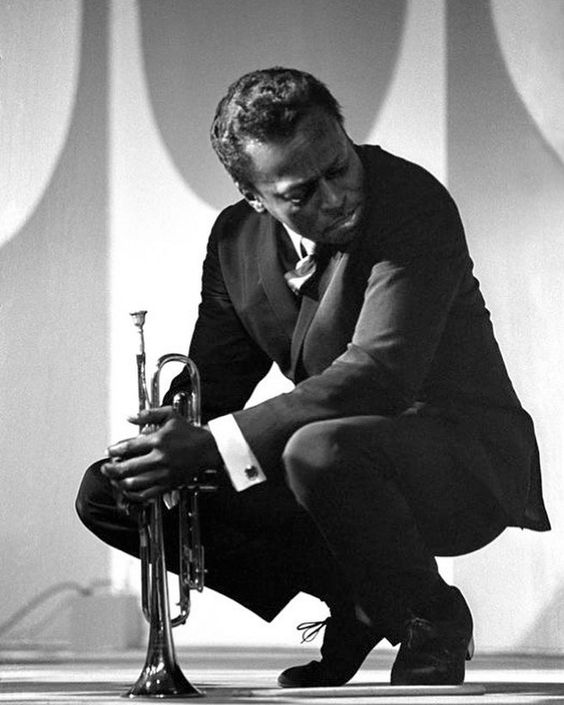
Jazz, a genre synonymous with innovation and cultural fusion, has journeyed through various evolutionary stages since its inception in the vibrant atmosphere of New Orleans. Its roots, deeply entangled in the African-American experience and enriched by a myriad of cultural influences, have given rise to a musical language marked by emotional depth, rhythmic complexity, and an unyielding spirit of improvisation. This journey from New Orleans to the global stage epitomizes the transformative power of jazz.
The narrative of jazz music, from its birth in the melting pot of New Orleans, through the structured yet improvisational swing era, to the intricate and artistically liberated realm of bebop, reveals its resilient and adaptive nature. The evolution continues with styles like Acid Jazz and Jazz Fusion, which blend traditional elements with contemporary influences, showcasing jazz’s ability to reinvent itself while preserving its improvisational essence. The concept of jazz standards further emphasizes the genre’s wide-reaching impact, providing a common language that transcends time and trends.
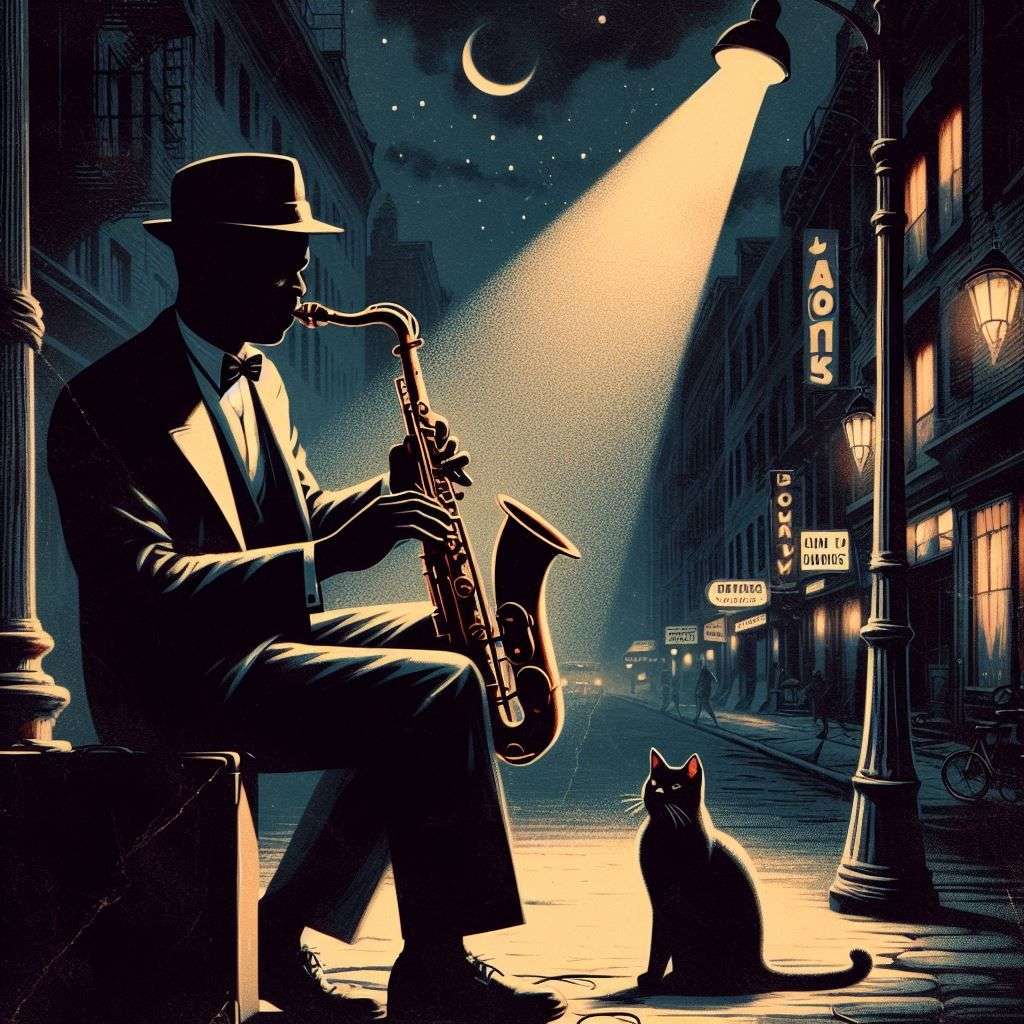
Jazz dancing and jazz ballet mirror the music’s evolution, adapting and evolving with the changing rhythms and themes. Similarly, sub-genres like Cool Jazz and Free Jazz highlight the genre’s capacity for introspection and rebellion, respectively. These styles underscore jazz’s diversity, reflecting different eras’ cultural, social, and technological shifts.
In essence, the journey of jazz is one of continual transformation and exploration. It is a testament to the enduring power of creativity and cultural convergence, making jazz not just a musical genre but a living, breathing entity that continues to inspire, evolve, and resonate across generations and borders.
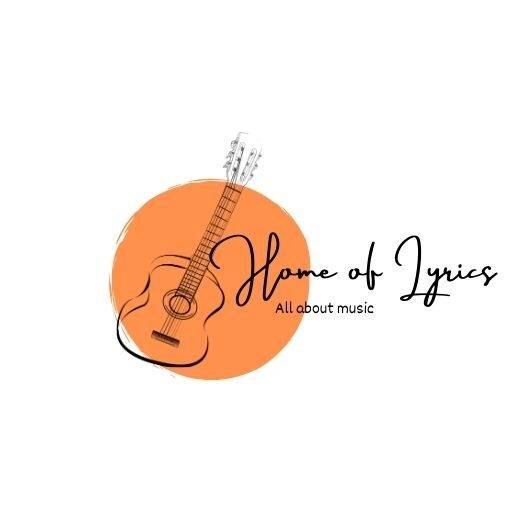
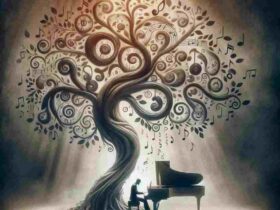

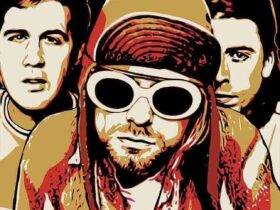
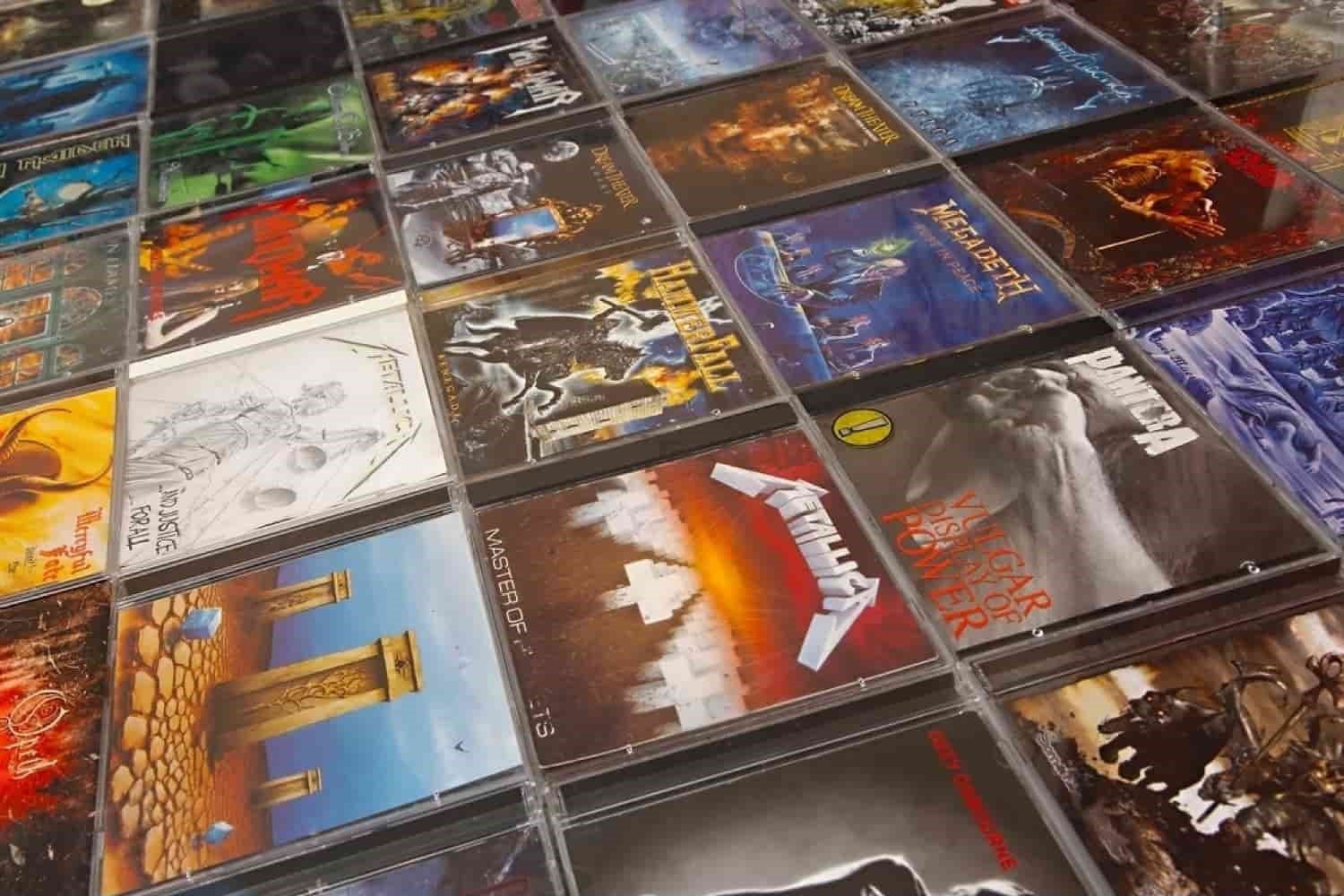
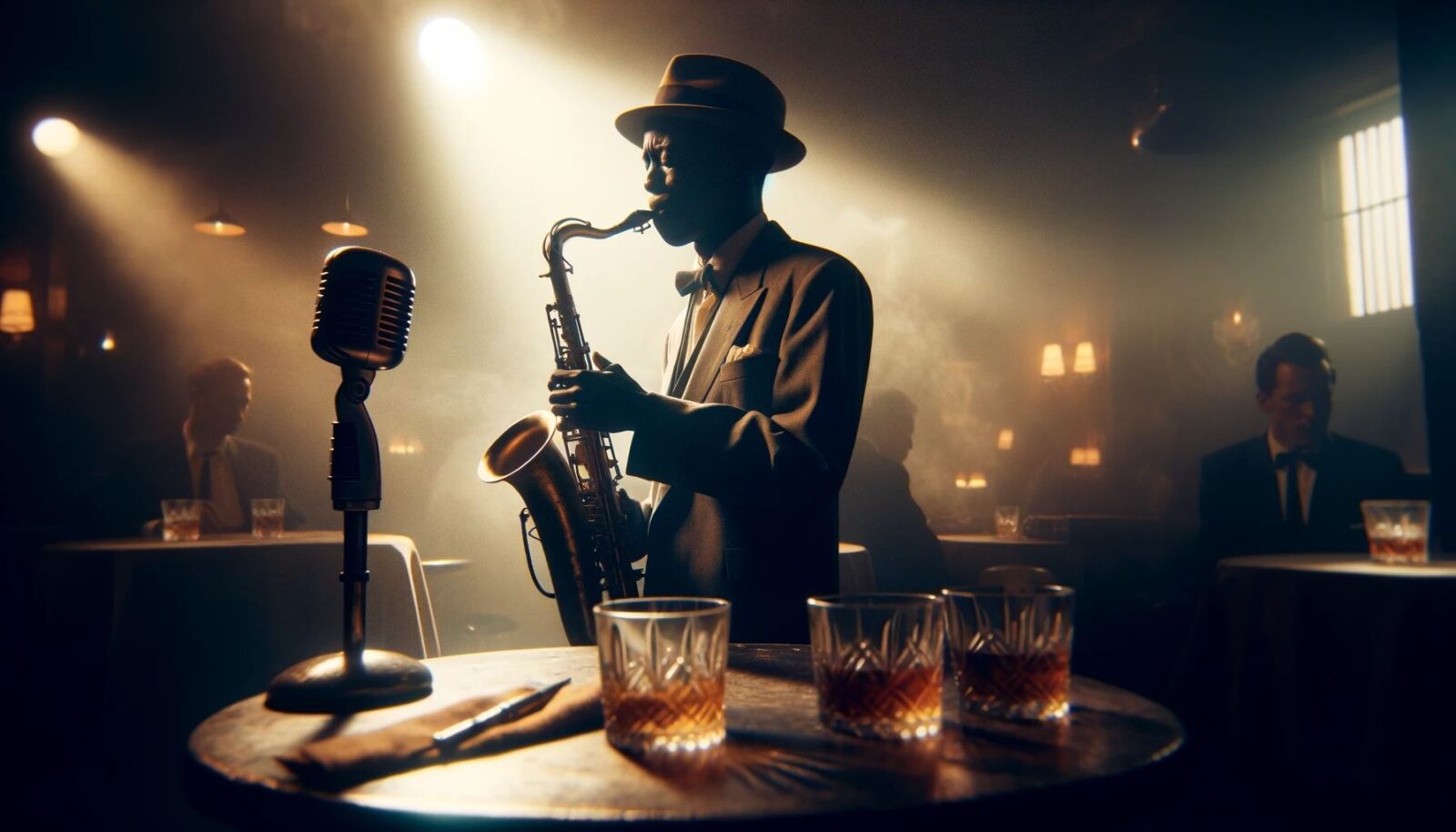
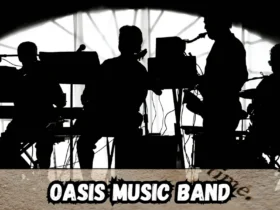

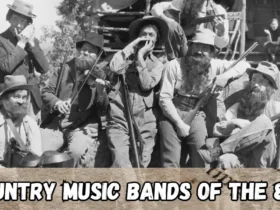
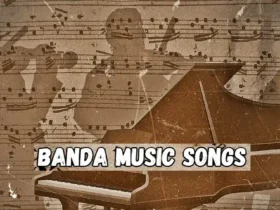
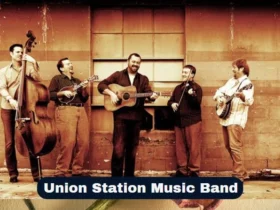
Leave a Reply